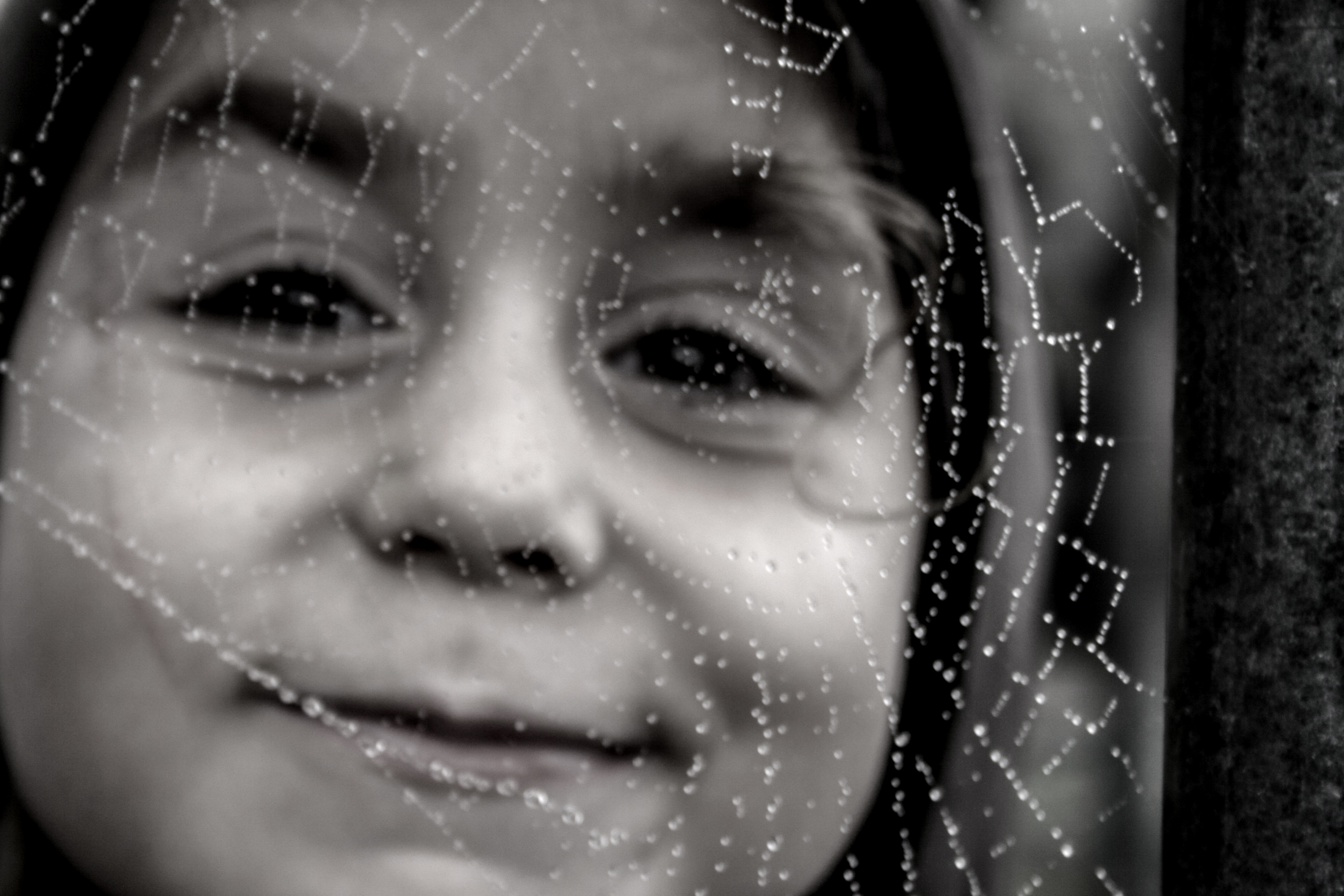“To penetrate into the essence of all being and significance and to release the fragrance of that inner attainment for the guidance and benefit of others, by expressing, in the world of forms, truth, love, purity and beauty—this is the sole game which has intrinsic and absolute worth. All other happenings, incidents and attainments in themselves can have no lasting importance.”
Meher Baba 1.
As a young child I vividly recall sitting in grass under a tree, an experience of endless shimmering beautiful green, of being bathed in a soft, glimmering emerald. Perceiving and longing for beauty is intrinsically human, it is natural in the young, an insect, a stone, a cobweb is explored and seen as a thing of wonder.
Tragically this sense of creative wonder and awe is often crushed and buried, we forget to look and no longer notice that beauty is always present waiting to be discovered.
Dr Heesoon Bai, philosopher and scholar of Wisdom Traditions writes;
“Often driven by intense consumerism and monetarism we have become blind to this need and perception of beauty. Evermore, we are losing the sense of the intrinsic worth of beings and things in the world. With this loss comes the planetary degradation and global exploitation that mark the last century. Nothing is sacred, for everything is at our disposal, is disposable. Land, water, air, creatures, people, works of art – all beings and things have become, or can become, resources and commodities.How shall we once again cherish, hold sacred and dear, this earth and all its dwellers? One thing is certain. We cannot love what is not dear to our eyes, to our senses. And the eye that has lost the power of reverence and respect, the power of intrinsic valuing, is unable to see things, even the most wondrous sights, as cherishable. The eye that is graced with such power sees even the most insignificant and poor as worthy, invaluable.” 2.
It is imperative that we begin to rediscover our reverence, to realise that beauty and sacredness is not only in the eye of the beholder but the very essence of all things. This essence known in Buddhism as ‘tathata’; the suchness or ultimate nature of all things is experienced beyond language.
By taking time to enrich our lives by exposing ourselves to beauty in landscape, art, music, literature, science and mathematics have elements of intrinsic beauty.
It is also essential for us all as parents and for educators to nourish and encourage this natural capacity in young people.
Our moods can colour how we experience and perceive the world. When feeling low or out of sorts everything can appear grey but when happy, generous and loving, the world appears brighter, even the mundane appear beauteous.
Apparently hugging, making eye contact, even stroking an animal can have a transformative effect, increasing our endorphin and oxytocin levels, changing our visual and mental perceptions, allowing us to see the oneness of all things, the interconnectedness and beauty in all.
The Greek for ‘the beautiful’ is to kalon, a root related to the verb kalein-‘to call’, our soul calls out for beauty…. we find it is a home coming-Meister Eckhart says: ‘Back in the home you never left’. 3.
1. Meher Baba, Discourses, 6th Edition, Vol. 2, p.101 2
2. Heesoon Bai, Zen and the Art of Intrinsic Perception: A Case of Haiku, Canadian Review of Art Education 28.01.2001
3. Meister Eckhart quoted by John O’Donahue, Christian Scholar and Mystic, in his book, Divine Beauty-The Invisible Embrace, p. 258
Image:-Rosie by Jack Constable

